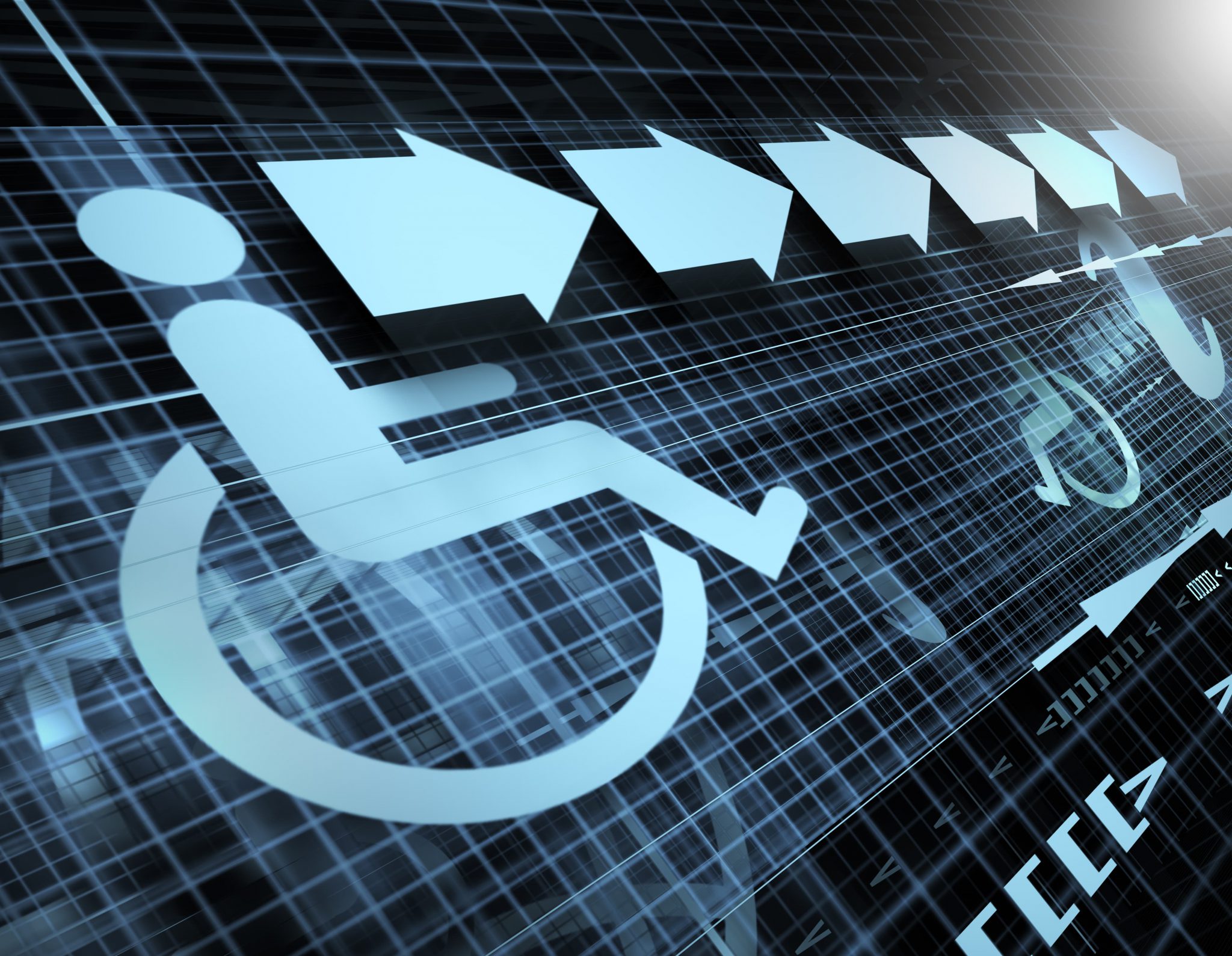
Assistive Technology Focus: Sip and Puff Devices
Most types of assistive technology require the use of one’s hands, motor capacity, or mobility in another part of the body to use computer devices and the internet. Sip and Puff (or SNP) devices enable individuals who are unable to use a manual device to access computers and other essential technology. Users “take a sip” or “blow a puff” of air into a wand that resembles a straw to create air pressure. This air pressure sends a signal to the device, igniting specific commands — just like a keyboard or mouse. Depending on the type of SNP and how a user calibrates it, a puff may enable them to navigate through elements on a webpage, while a sip may open links and activate buttons.
Sip and Puff In Action Video
Here’s a video that outlines the incredible technology that allows folks with motor disabilities to access technology and have independence:
&amp;amp;amp;amp;amp;amp;amp;amp;amp;amp;amp;amp;amp;amp;amp;amp;amp;amp;amp;amp;amp;amp;amp;amp;amp;amp;amp;amp;amp;amp;amp;amp;amp;amp;amp;amp;amp;amp;amp;amp;amp;amp;amp;amp;lt;/p></p>
<p>Hi I’m Charlotte and I’m Jared’s mom. Jared is an amazing young man he has a great sense of humor. </p></p>
<!–
/wp:paragraph
–><!– wp:paragraph –&gt;</p>
<p><p>He loves spe
nding time on the computer and intera</p>
<p>ctin</p>
g
with people
around the world and also with us as a family at home.
<!– wp:paragraph –></p
>
<p><p>Jared was born wit
h cerebral palsy and it affects him physically, but mentally and intellectually he’s very smart.</p>
<p><!– /wp:paragrap
h –><!– wp:paragraph –></p</p>
<p>>
Jared uses the sip-and-puff to access his computer.
<!– wp:paragraph –>
<p>The sip-and-puff sends a signal to Jared’s environmental con
trol unit on his wheelchair which sends a signal to the Tash switch which sends a signal to the Intellikeys switch then the Intellisense sends a wireless signal to Jared’s computer that controls a software program called Switch Access.
Switch Access allows Jared to do anything on his computer by choosing options from a pop-up menu that scans through several choices when he gets to the option he wants he then uses his sip-and-puff to make the selection.
He can type and control the mouse and do anything on his computer
When Jared was in elementary school we started working with the staff at the school to find technology that would help make him successful and also provide a recreational outlet for him in the computer field um Jarrett’s technology has changed over time.
When Jared was in grade school he used the leap switch to access the computer then we changed when he was in high school to a jelly bean switch which he would access by hitting with his head, and now he uses the sip-and-puff which has been the best for accuracy for him.
Because of his drive to do well he’s doing able to do what he is today.
How Do SNPs Work?
SNPs fall into the “switch device” category of assistive technology as they connect to an external device(s) connected to the computer. Similar to the way an Ethernet port connects devices to the internet. Other types of switch devices include joysticks, push buttons, eye trackers, and chin switches. More than one switch device can be used simultaneously, depending on a person’s capabilities. In this video, a joystick navigates the interface, and then a sip and puff straw selects or clicks interactive elements.
In a previous post, we highlighted the great work the Neil Squire Society does in Canada. Neil Squire’s cousin, Bill Cameron, invented the Sip and Puff device. This helped Neil communicate after he became quadriplegic in a car accident. This ground-breaking assistive device originally translated Neil’s sips and puffs into dots and dashes of Morse code. This story is an example of how disability drives innovation that benefits many of us.
Not Just For Computers
However, SNPs, like most switch devices, aren’t solely for computers. They can control wheelchairs, environmental control systems, and even fishing poles! This particular SNP device is made exclusively for touch screens, as a puff pushes out a type of stylus pen.
While this incredible sip and puff technology is available, websites must be built with compatibility in mind. Following the Web Content Accessibility Guidelines ensures compatibility with switch devices. It enables people who are unable to use keyboards, mice, or other devices that require motor skills to access web information and resources.